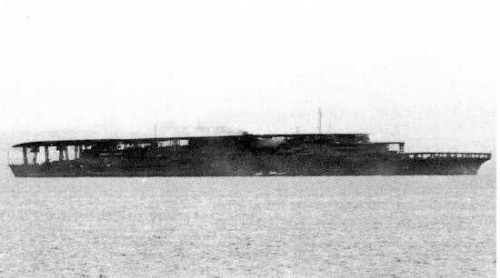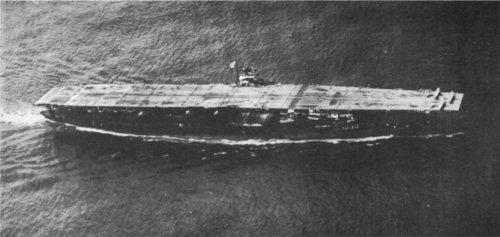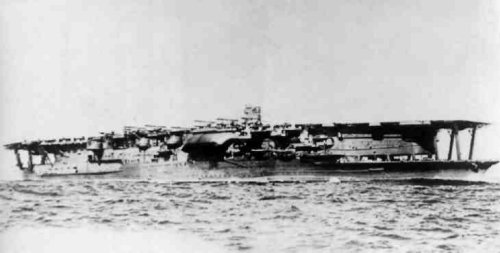
NAVYPEDIA
 Support the project with paypal
Support the project with paypal
Photo

Akagi 1927
Ships
| Name | No | Yard No | Builder | Laid down | Launched | Comp | Fate |
|---|---|---|---|---|---|---|---|
| 赤城 [Akagi] | Kure K K | 6.12.1920 | 22.4.1925 | 25.3.1927 | sunk 5.6.1942 |
Technical data
| Data variant | as completed | 1938 modernization |
|---|---|---|
| Displacement standard, t | 26900 |
36500 |
| Displacement full, t | 34364 |
42750 |
| Length, m | 235.0 pp 249.0 wl 260.7 oa |
235.0 pp 250.4 wl 260.7 oa |
| Breadth, m | 29.0 |
31.3 |
| Draught, m | 8.07 |
8.71 |
| No of shafts | 4 |
4 |
| Machinery | 4 sets Gihon geared steam turbines, 19 Kampon boilers |
4 sets Gihon geared steam turbines, 19 Kampon boilers |
| Power, h. p. | 131200 |
133000 |
| Max speed, kts | 31 |
31.2 |
| Fuel, t | oil 3900, coal 2100 |
oil 6000 |
| Endurance, nm(kts) | 8000(14) | 8200(16) |
| Armour, mm | belt: 152, main deck: 51 - 32, turrets: 25, casemates: 25 - 19 | belt: 152, main deck: 57 - 32, casemates: 25 - 19 |
| Armament | 2 x 2 - 200/50 3-shiki, 6 x 1 - 200/50 3-shiki, 6 x 2 - 120/45 10-shiki, 22 x 1 - 6.5/115, 60 aircraft (1MF, A1N fighters, 2MR/C1M recon planes, 1MT1, 2MT/3MT/B1M torpedo bombers) |
6 x 1 - 200/50 3-shiki, 6 x 2 - 120/45 10-shiki, 14 x 2 - 25/60 96-shiki, 91 aircraft (A4N, A5M fighters, D1A diving bombers, B4Y, B5N torpedo bombers) |
| Complement | 1650 |
2000 |
Air group
| Year | Fighters | diving bombers | torpedo bombers | recon planes |
|---|---|---|---|---|
| 1927 | 16 A1N2 | --- | 28 B1M | 16 C1M |
| 1938 | 16 A5M2 | 24 D1A2 | 54 B4Y1 | --- |
| 12.1941 | 27 A6M2 | 18 D3A1 | 27 B5N2 | --- |
| 6.1942 | 21 A6M2 | 21 D3A1 | 21 B5N2 | --- |
Standard scale images

Akagi 1930
Graphics
Aircraft facilities
(fd - 5,801+375+1100=7,276m², ha - ?m²/?m³): Upper flight (landing) deck: 190.2x30.5m, upper flight-off deck: 18x~25m, lower flight-off deck: 55x~20m. Upper and medium hangars, each: ~100x22x5 m, small lower hangar: ~20x20x?m. Lifts: fore (11.8x13.0m) and aft (12.8x8.4m). Aircraft fuel stowage: ?.
after modernization(fd - 7,601m², ha - ~ 6,120m² / ~ 30,600m³): Flight deck: 249.2x30.5m. Upper and medium hangars, each: ~130x22x5m, small lower hangar: ~20x20x?m. Lifts: fore (11.8x16.0m), medium (11.8x13.0m) and aft (12.8x8.4m). Aircraft fuel stowage: ?.
Project history
Akagi together with sister-ship Amagi was laid down as battlecruiser (standard displacement 41200t, 5x2 410mm main guns) under the "8-8" shipbuilding Programme, but in connection with the Washington conference their building in February, 1922 has been suspended. According to conference decisions these two ships have allowed to be completed as aircraft carriers. Works on Akagi were renewed 17.11.1923. Amagi, which hull was seriously damaged by earthquake in 1923, was sold for BU, and instead conversion of incomplete battleship Kaga was started. At the moment of completion Akagi became the largest aircraft carrier in the world (her standard displacement actually exceeded 30000t though officially Japanese specified only 26900t), and only completed a little bit later American Lexington and Saratoga stripped her of her title.
Project of conversion of Akagi to an aircraft carrier was been effected by British Furious. Originally Japanese ship had similar construction: flat flight deck occupied about 3.4 of hull length, three levels hangars, two short launching decks were placed fwd from two upper levels. Lower deck intended for take-off of bombers and torpedo bombers, and medium deck, only 15m long, adapted for start of lighter aircraft: fighters and scouts. Upper flight deck on 2.3 lengths had an angle to a stern in 1.5° for simplification of aircraft landing. In "inheritance" of a battlecruiser Akagi has got relatively strong vertical protection. Armoured belt had 14°-declination and was stretched approximately on 2.3 length of the hull. By the upper edge the belt was joined with an armour deck. The decks above were unarmoured. The "two-level" funnel was prominent feature of appearance of carrier, at which big funnel was bent downwards, and small upwards. During runway operations only big (lower) funnel was used.
From 24.10.1935 till 31.8.1938 Akagi passed extensive reconstruction which has fully differed appearance and the characteristics of the ship. Flight deck was stretched now almost on all length of the hull, fwd launching pads on hangar decks were liquidated, bulges were fitted, which have raised a hull breadth from 29 to 31.3m. Elevators were three. The number of carried aircrafts has increased from 60 to 91 (66 combat-ready and 25 spare partially taken apart). Boilers have completely converted to oil-firing, that, owing to some increased steam output, has allowed to raise engine power, though not much more. There was a small island superstructure: on Akagi it was on port side, instead of on starboard side, as it was accepted on the majority of other aircraft carriers. Instead of "two-level" new larger funnel was fitted, bent backwards and downwards.
Ship protection
Main 152mm belt closed about 2.3 of hull length and was inclined at 14°from vertical. Flat main (lower hangar) 79-57mm (51-32mm armor on 28-25mm plating) deck connected with its upper edge but had additional 102mm slopes connected with lower edge of main belt. There was 76-16mm longitudinal anti-torpedo bulkhead.
Ship protection after modernization: Main 152mm belt closed about 2.3 of hull length and was inclined at 14° from vertical. Flat main (lower hangar) 79-57mm (51-32mm armour on 28-25mm plating) deck connected with its upper edge but had additional 102mm slopes connected with lower edge of main belt. There was 76-16mm longitudinal anti-torpedo bulkhead. Depth of underwater protection was increased at 1.2m by bulges
Modernizations
(10/1935 - 8.1938, Sasebo K K): ship was modernized. Upper flight deck was lengthened, other flight decks were removed. Hull was bulged, small island superstructure was fitted on portside. Boilers were converted to oil-burning only. Funnels and lifts were reconstructed. Data was as given in the table.
 HOME
HOME FIGHTING SHIPS OF THE WORLD
FIGHTING SHIPS OF THE WORLD JAPAN
JAPAN AIRCRAFT CARRYING SHIPS
AIRCRAFT CARRYING SHIPS AKAGI aircraft carrier (1927)
AKAGI aircraft carrier (1927)


